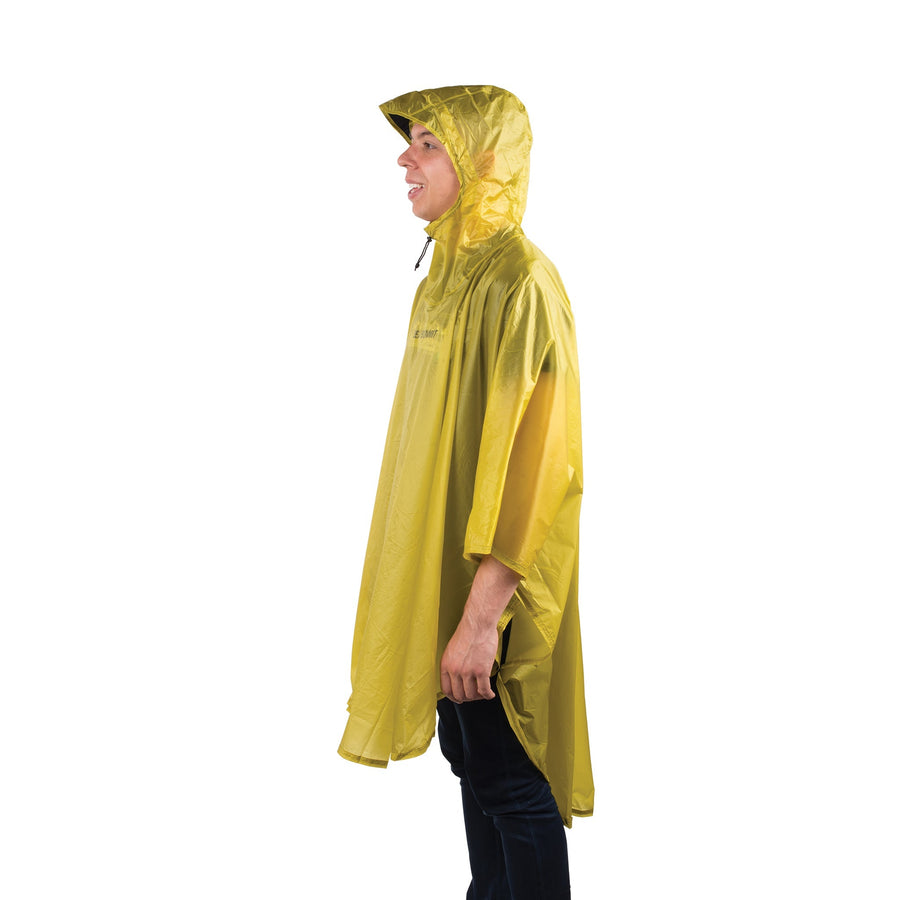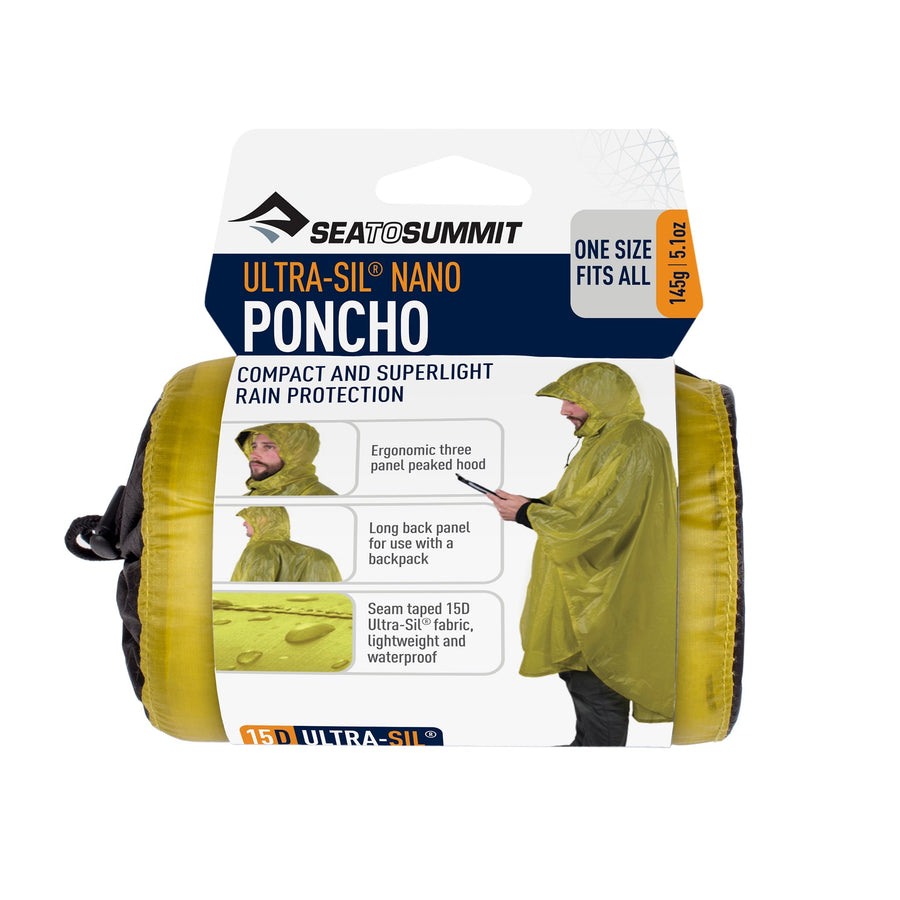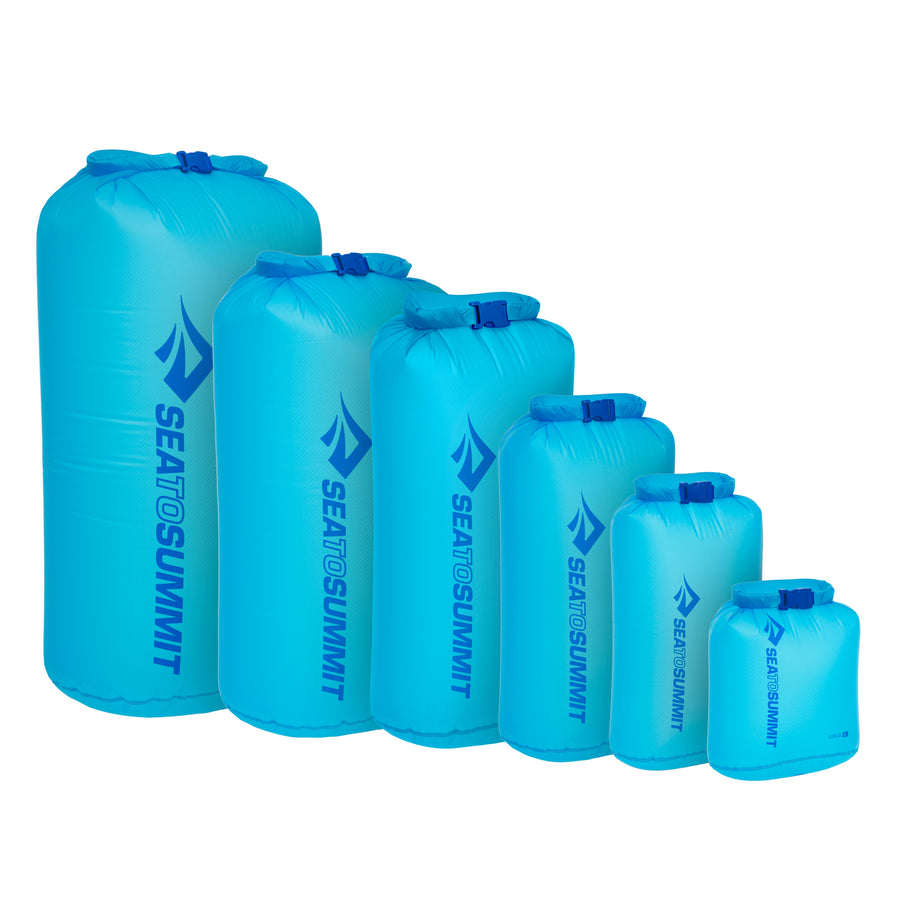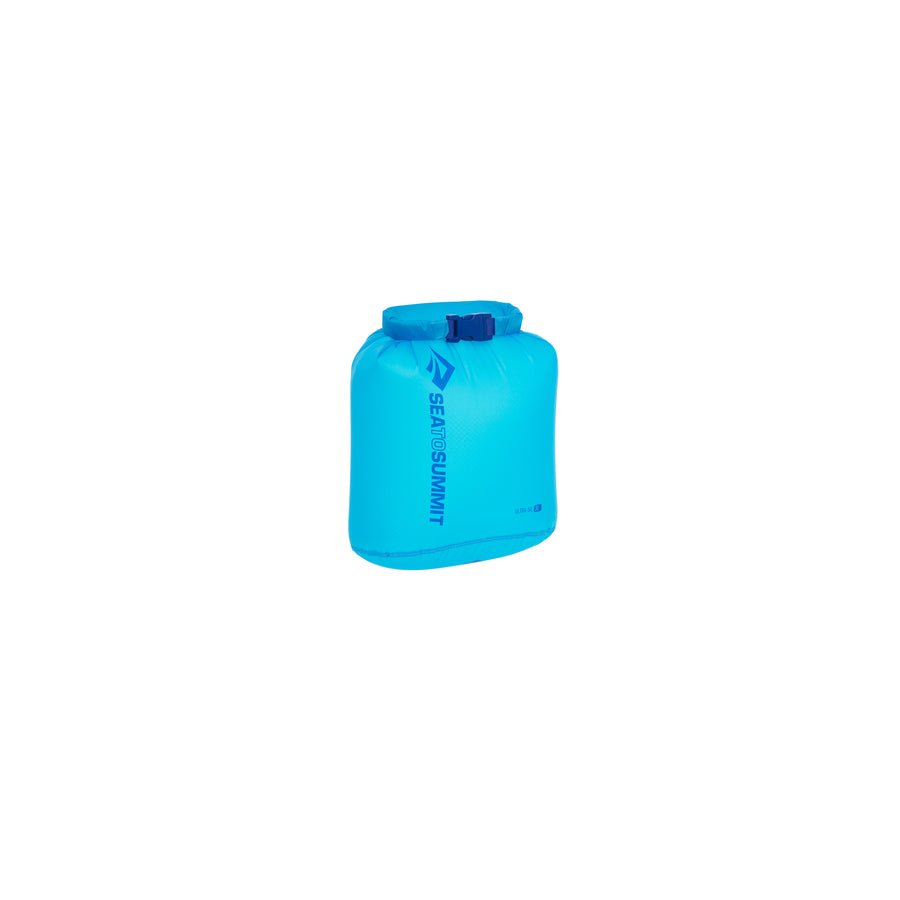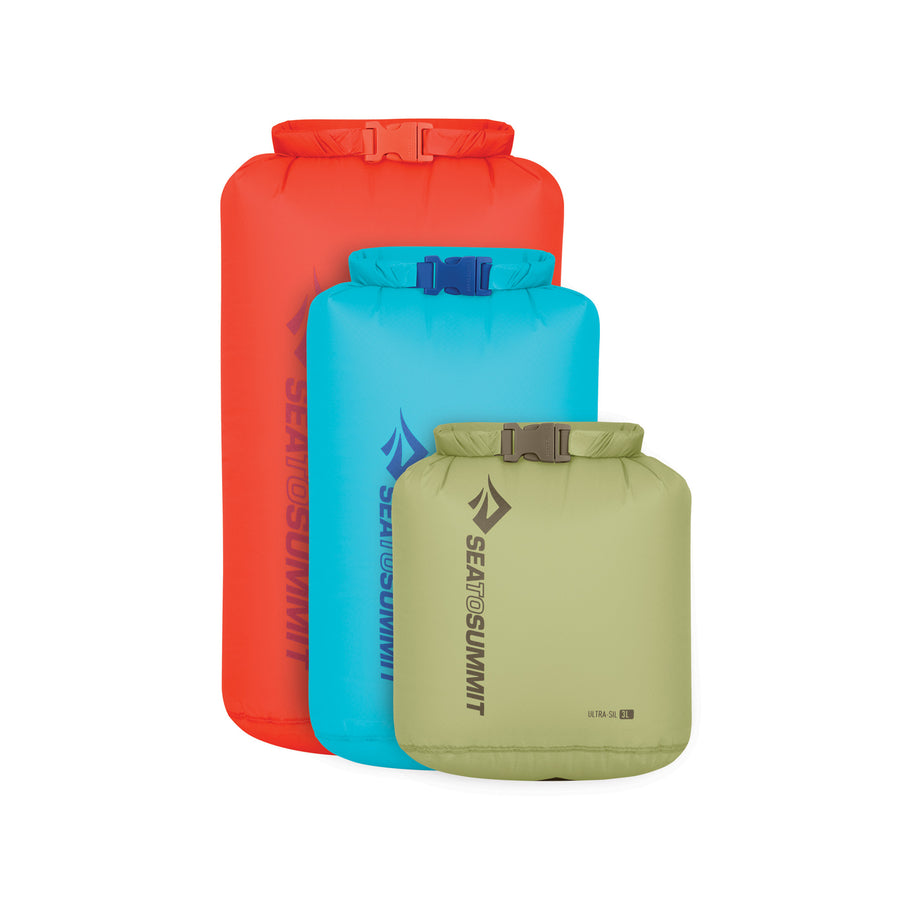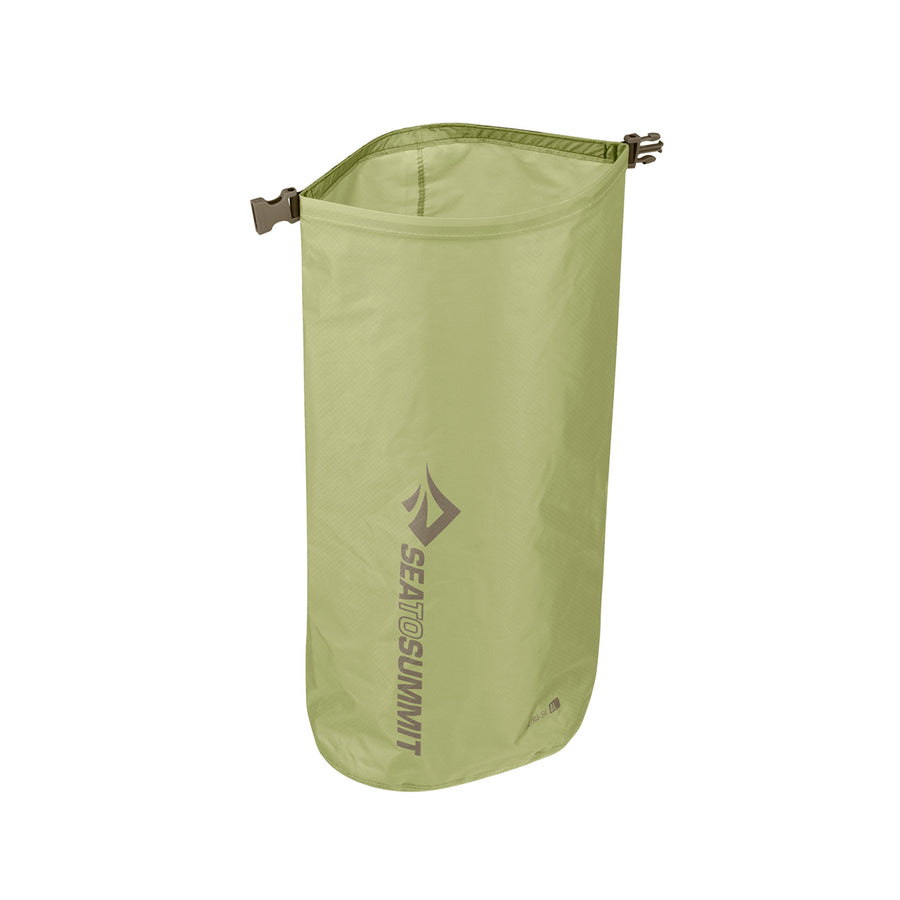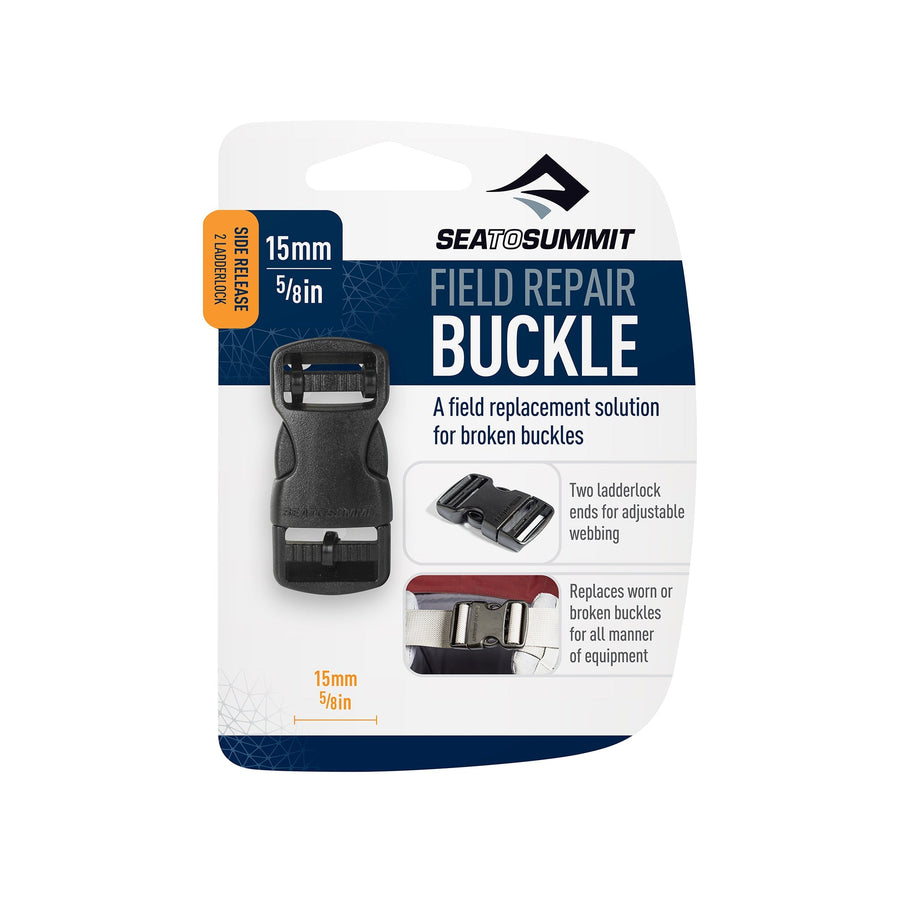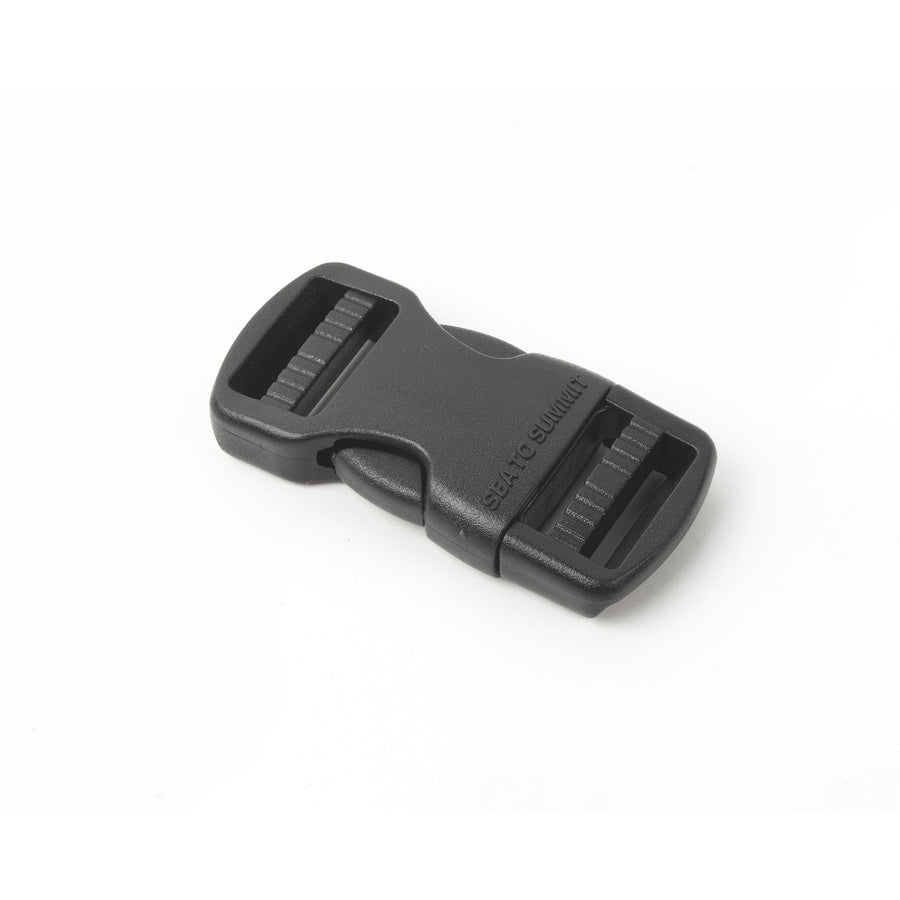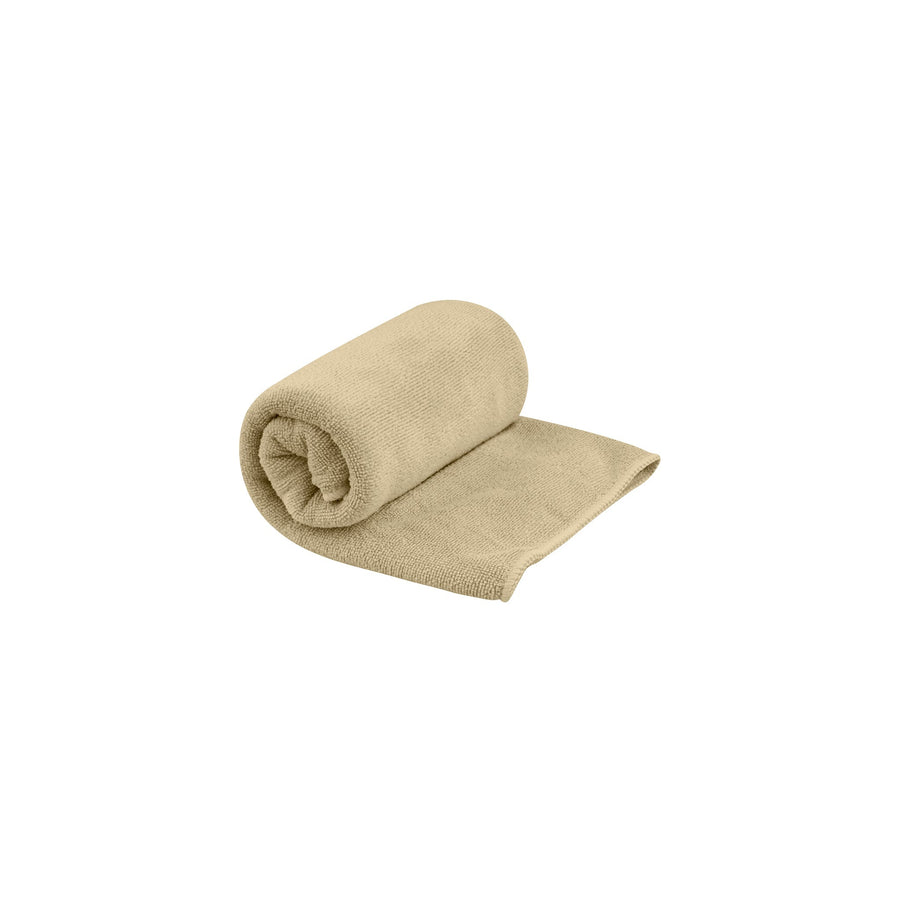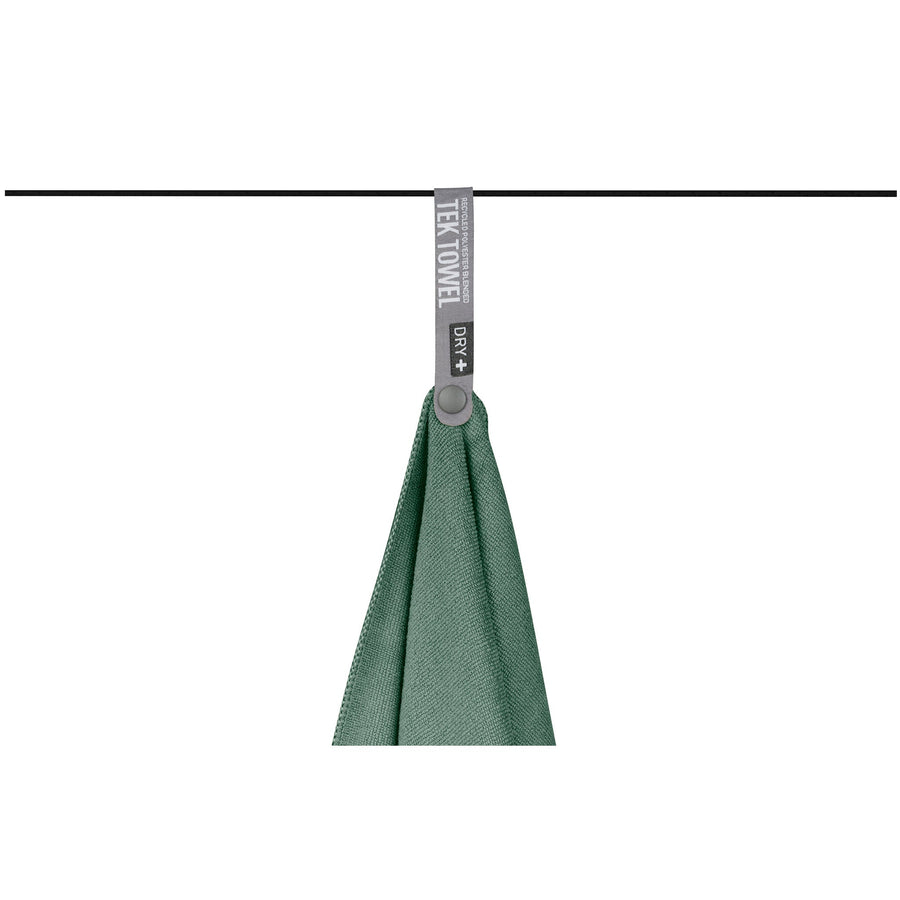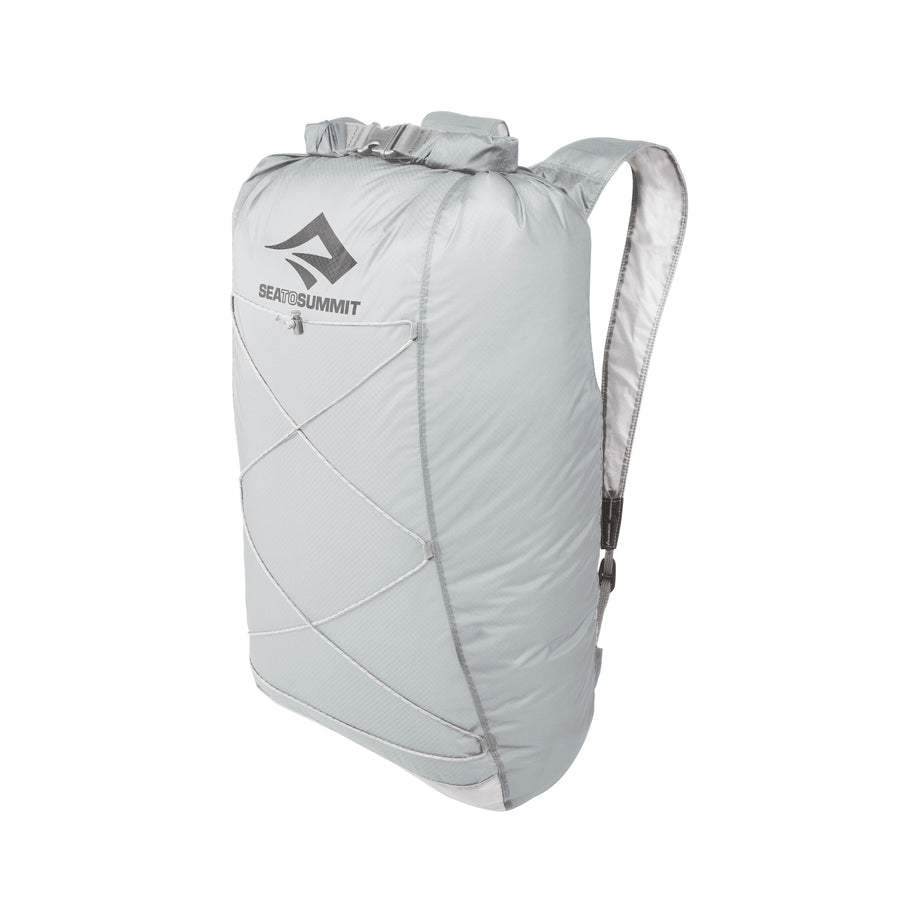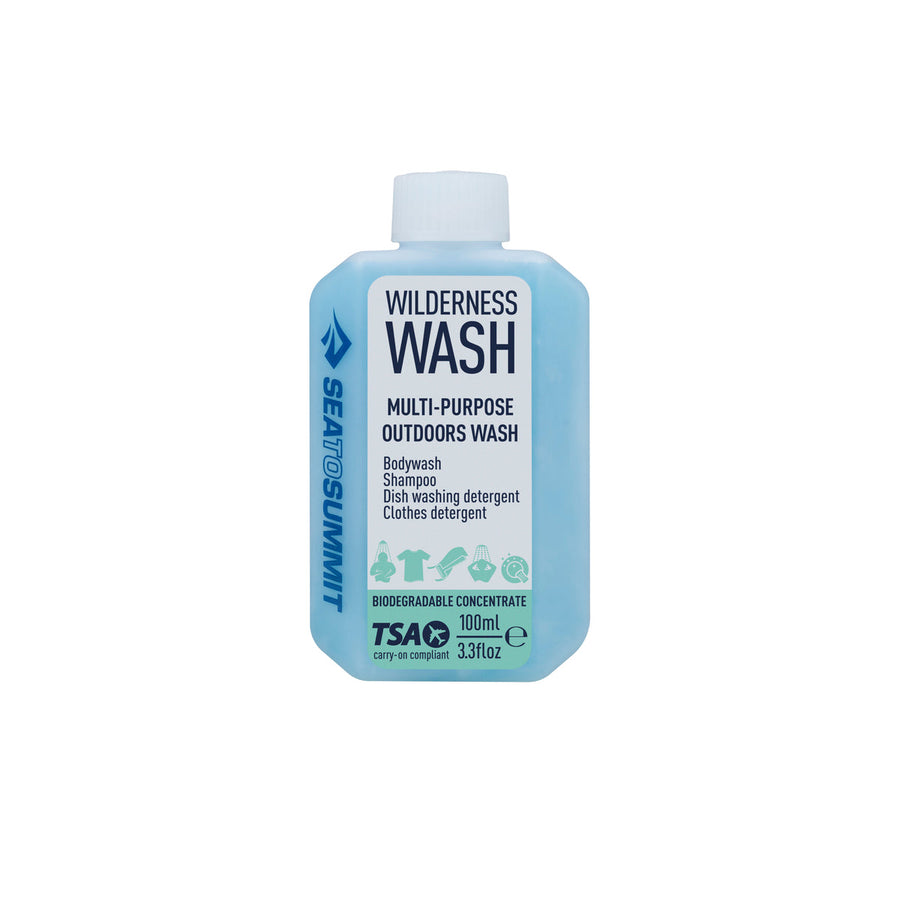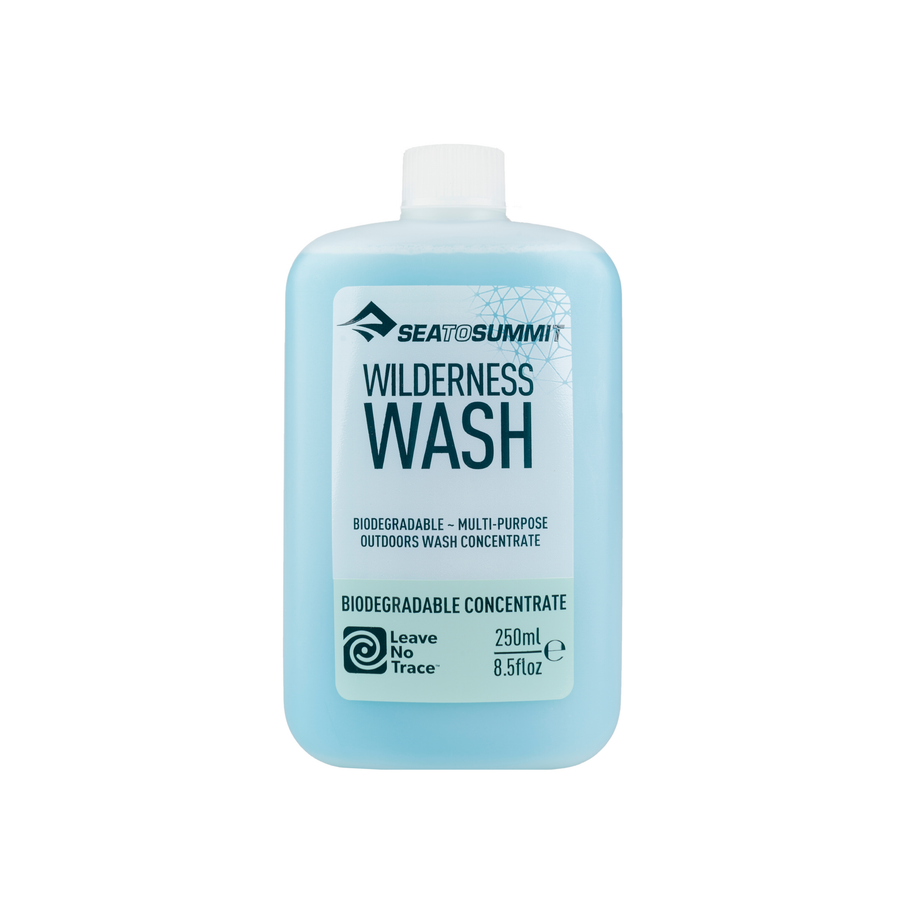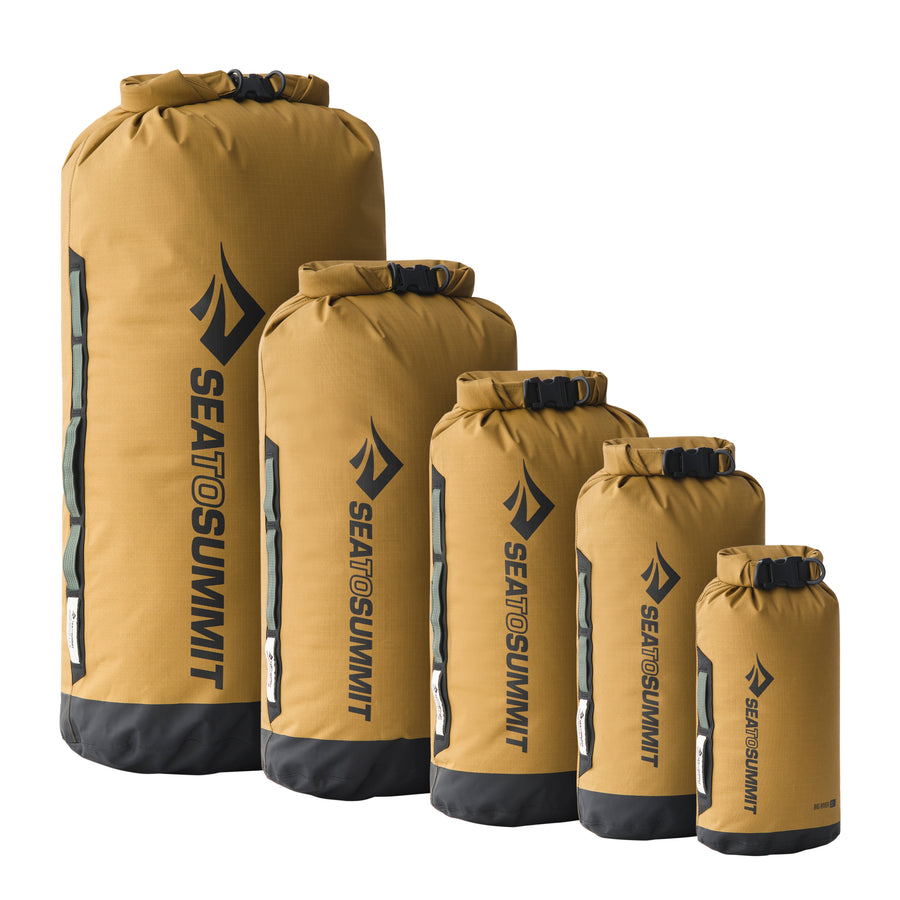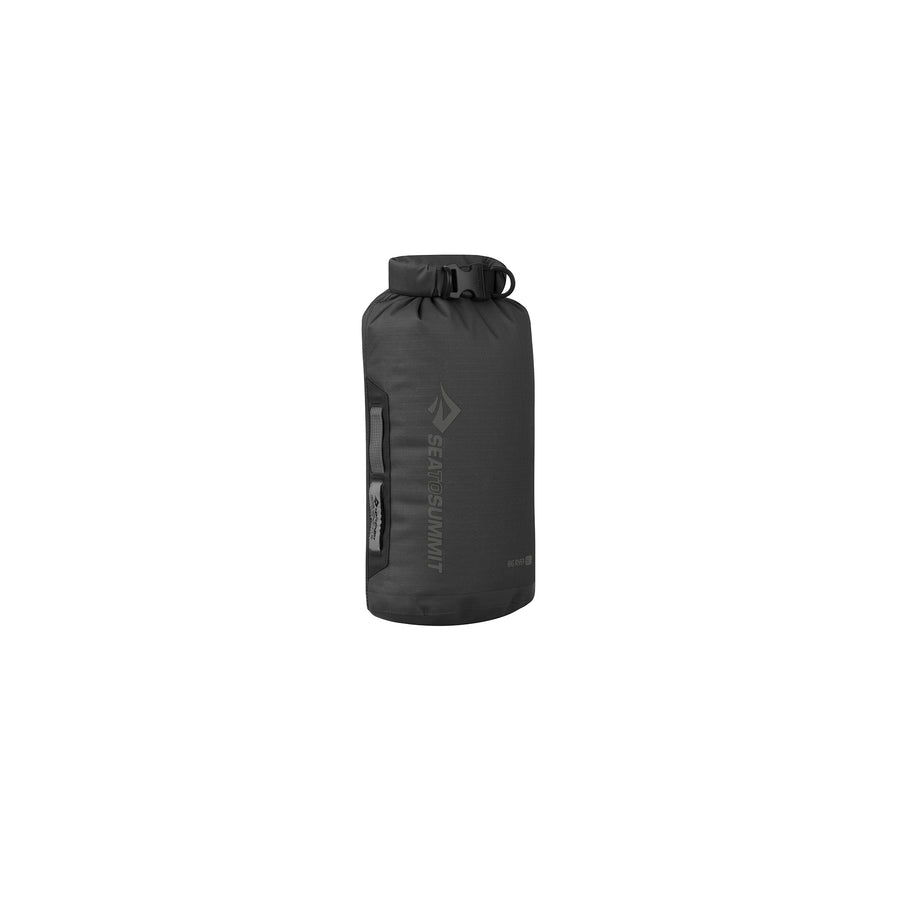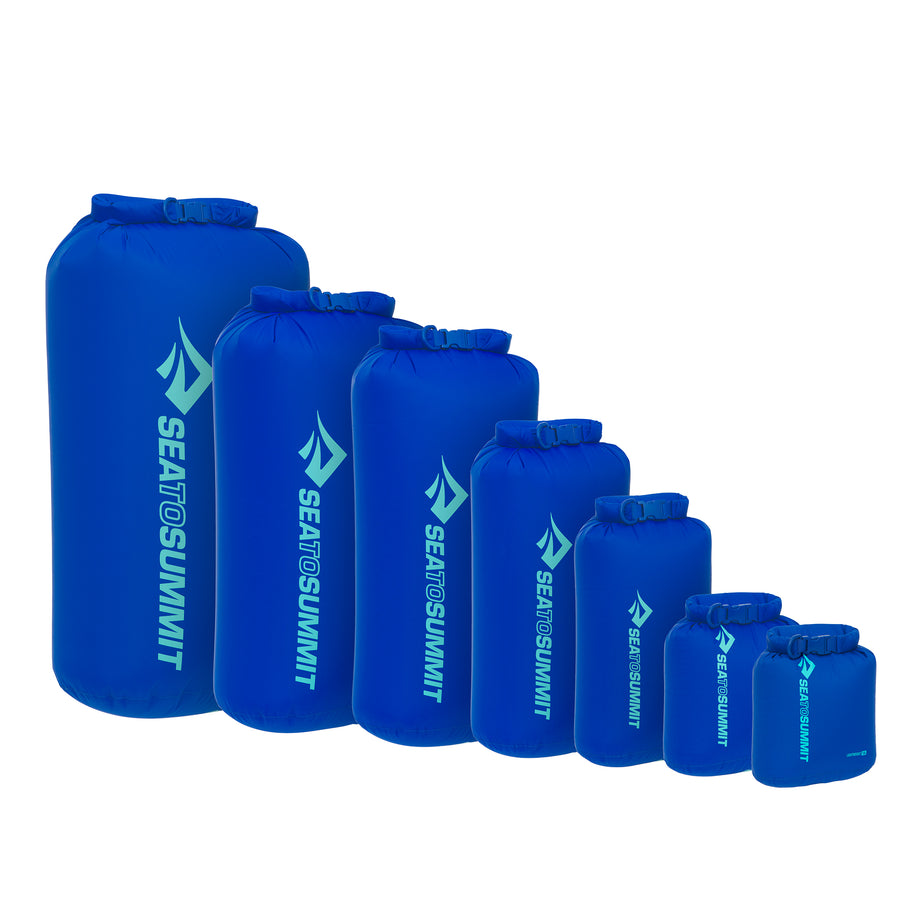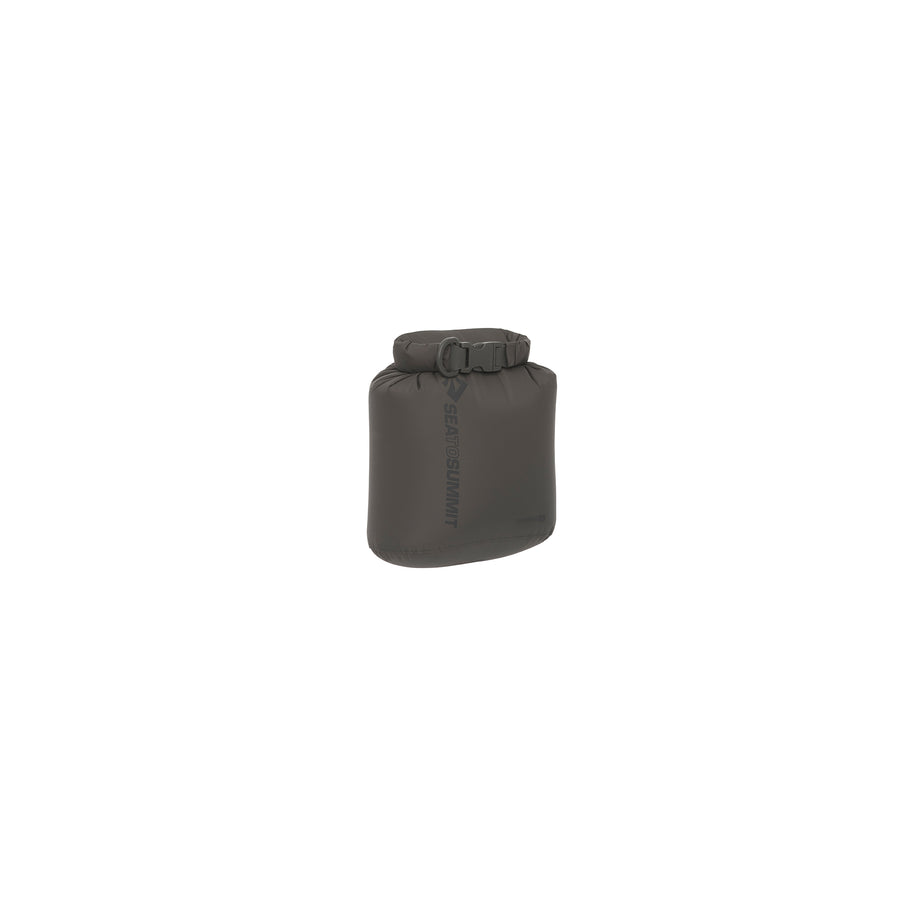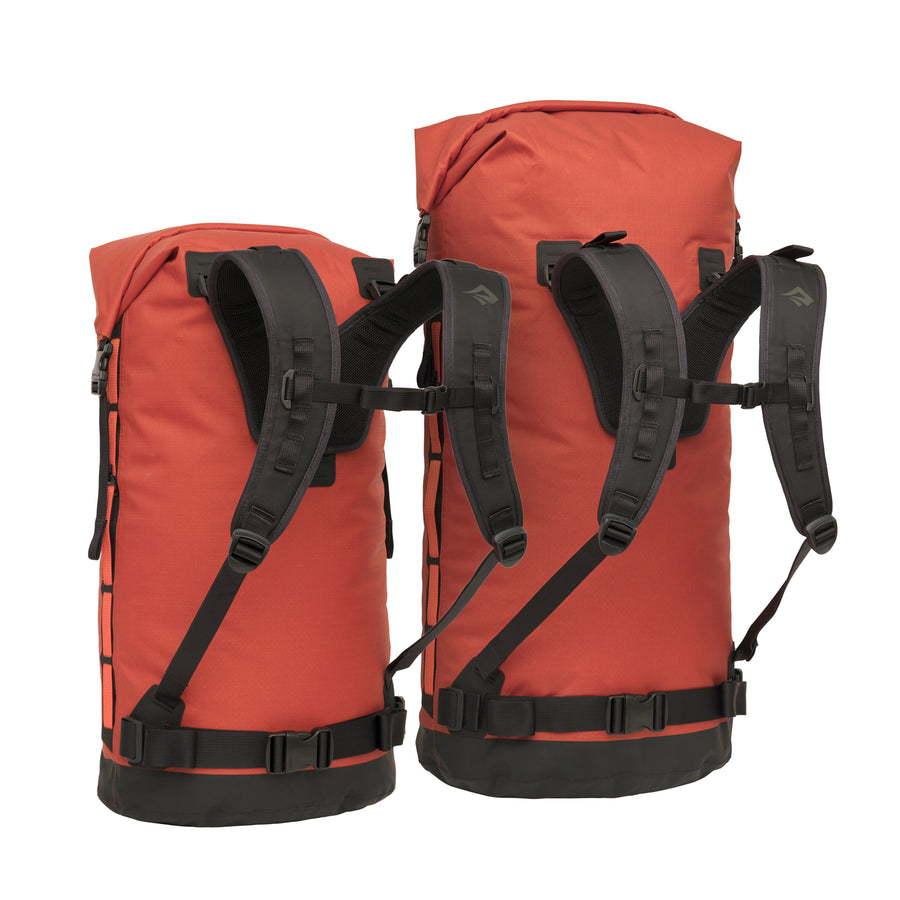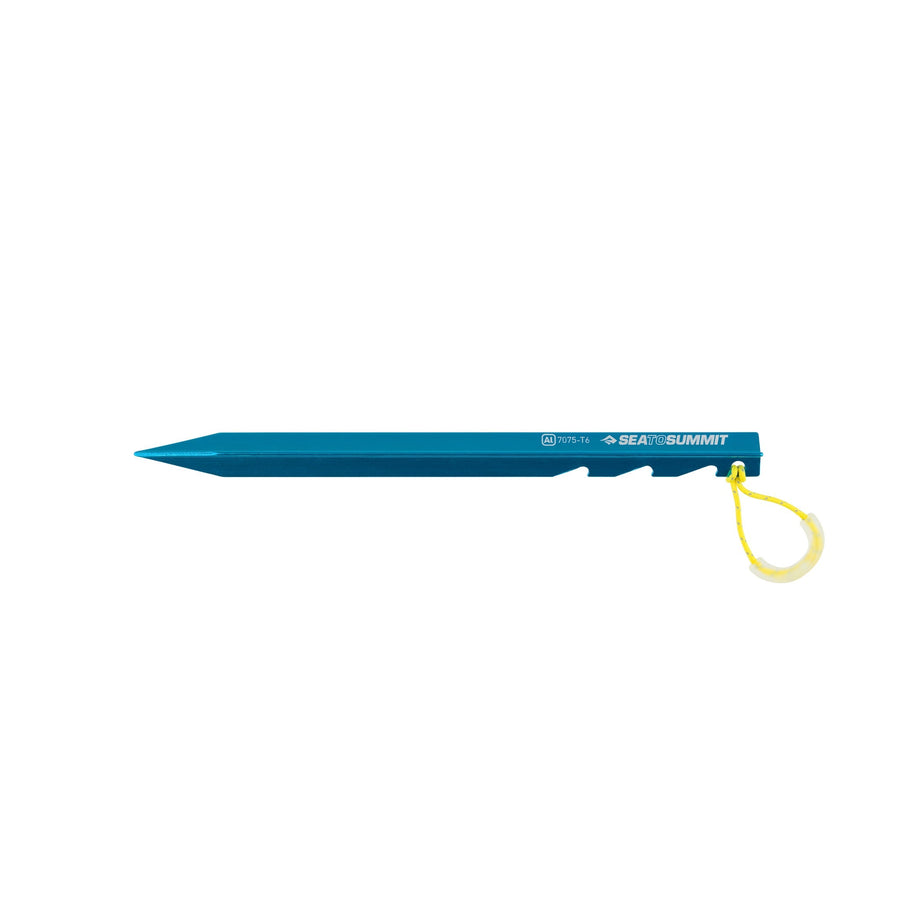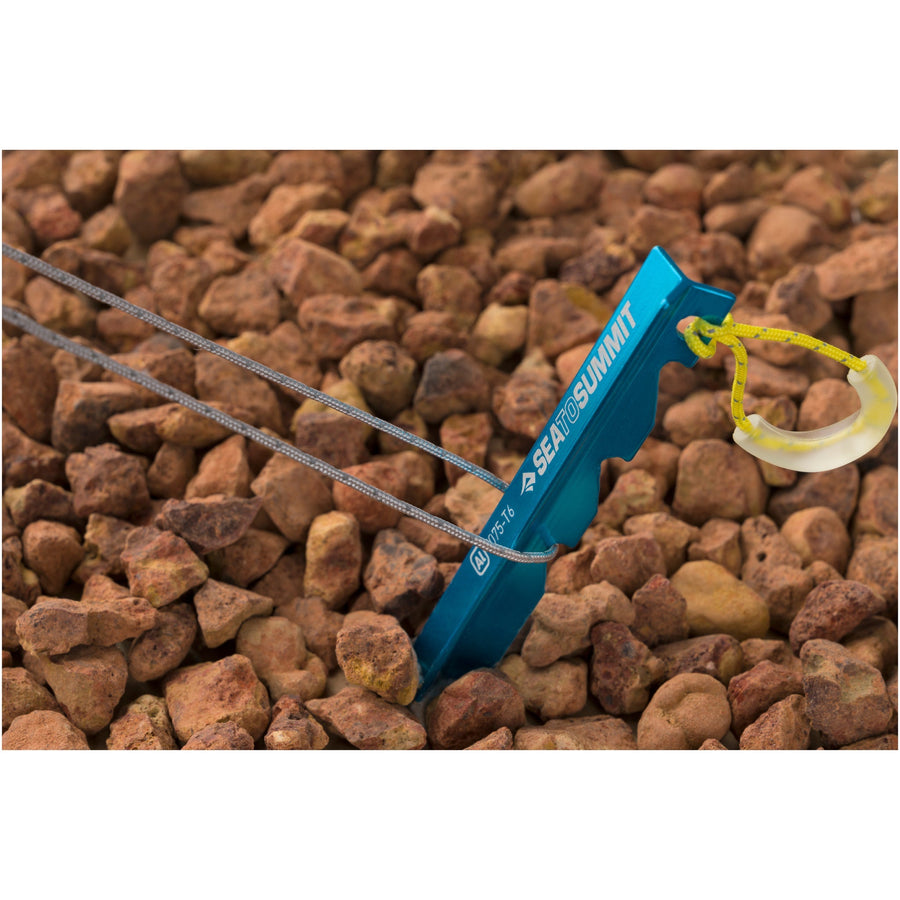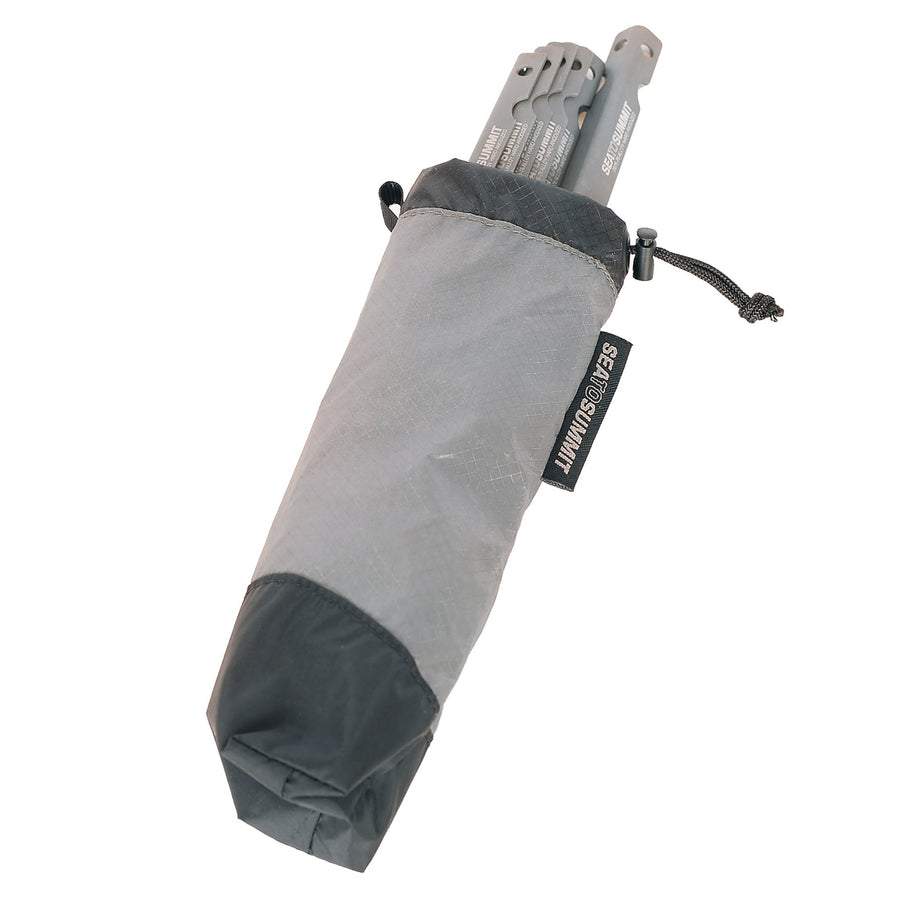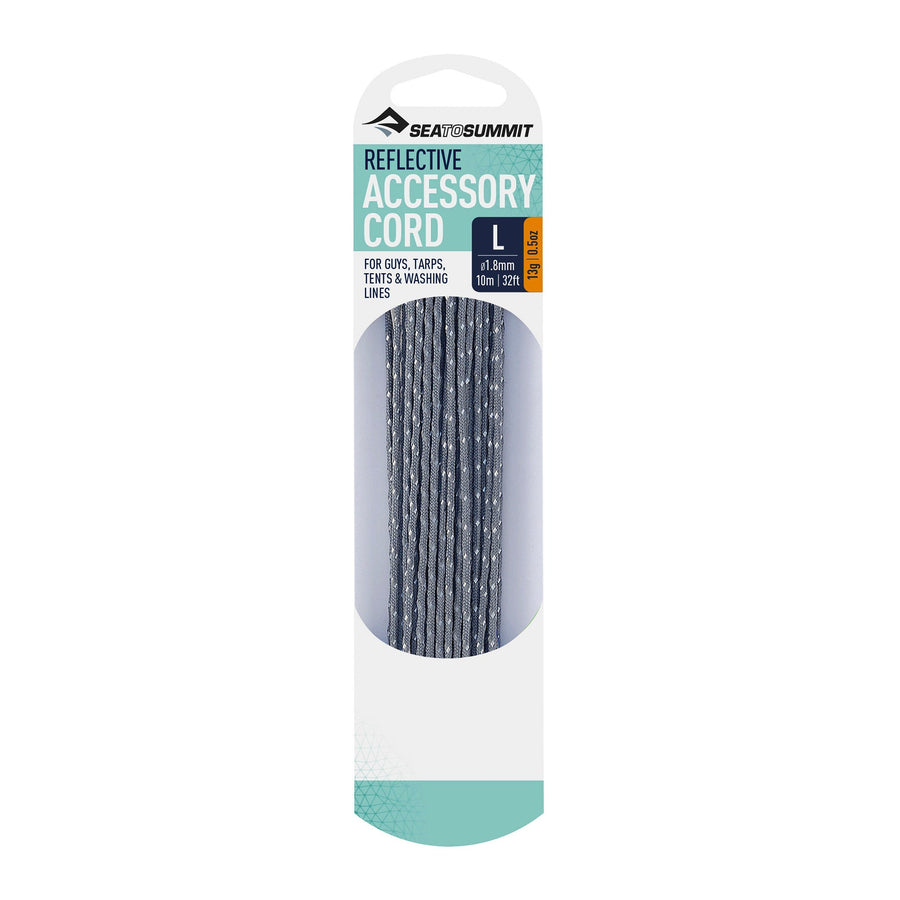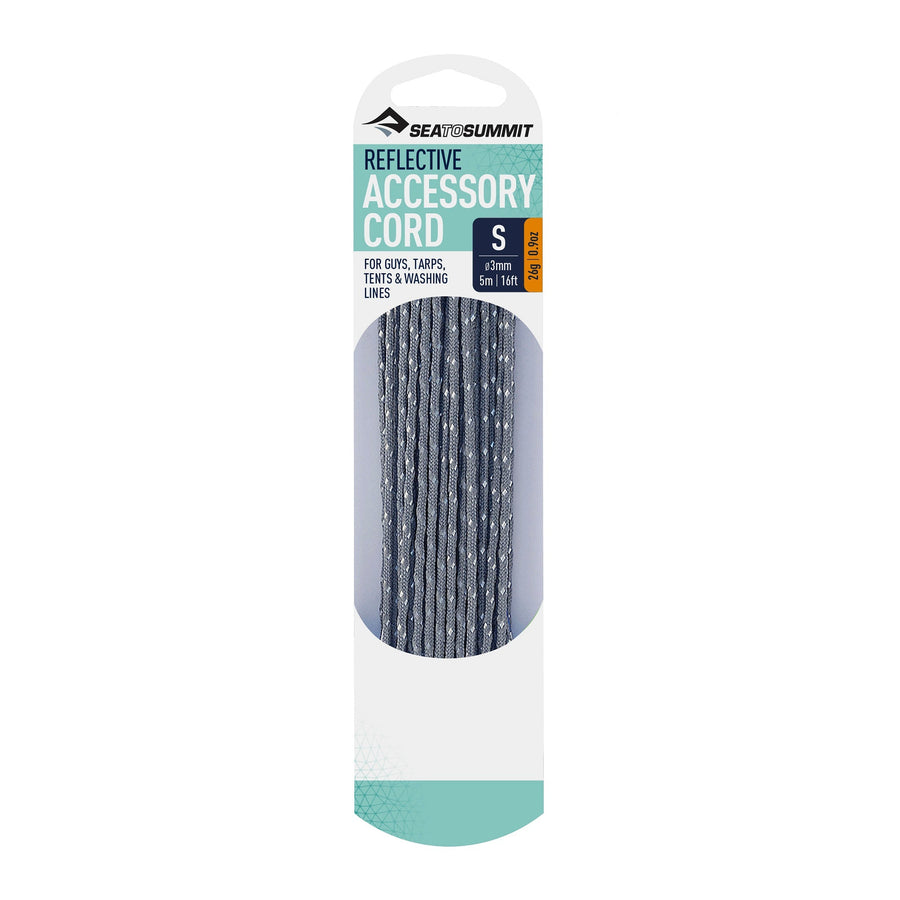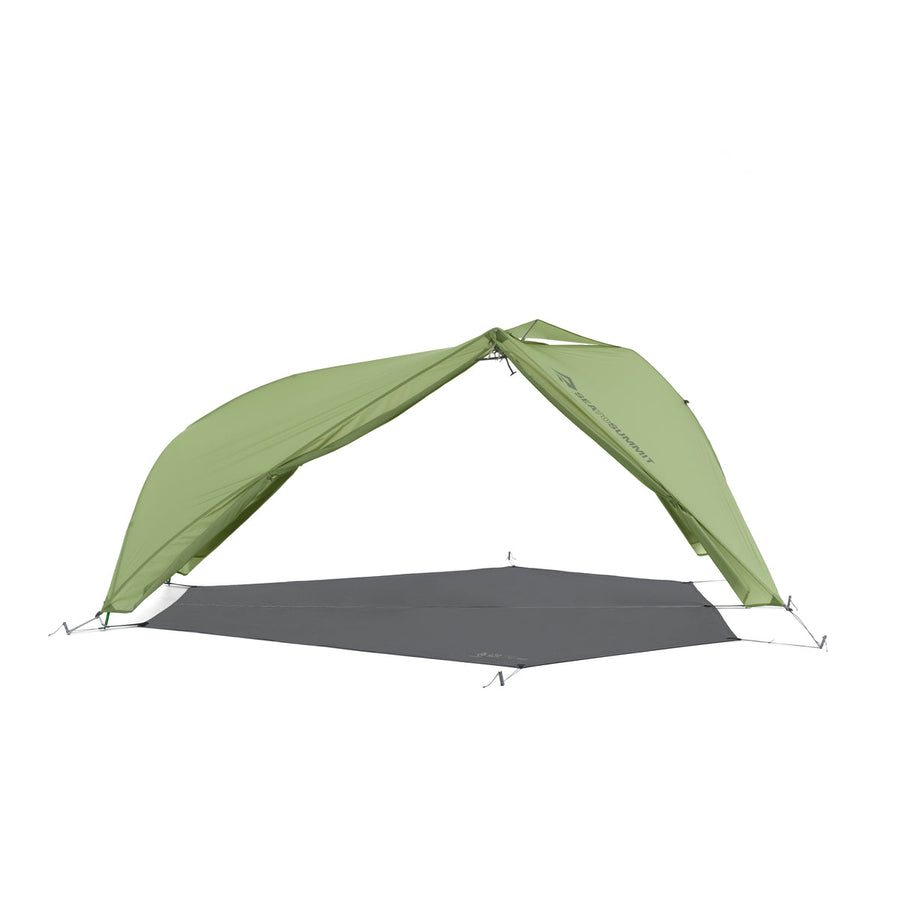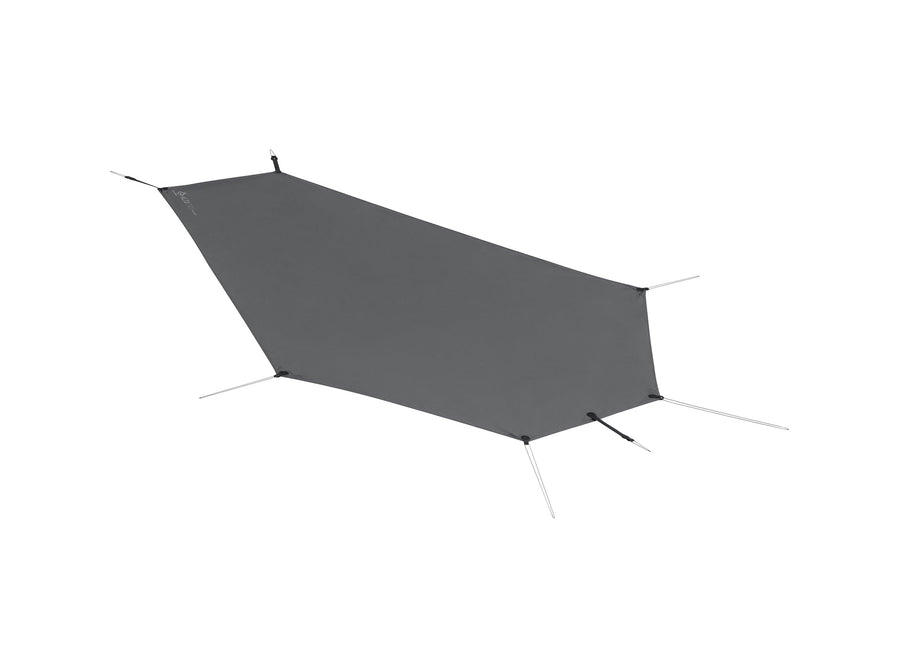How to Wash a Down or Synthetic Sleeping Bag?

The Basics
You can wash a down sleeping bag without harming it.
The belief that washing a down sleeping bag can in some way degrade the down results from some common mistakes:
- Using standard laundry detergent (the fillers and optical brighteners can stick the filaments of the down plumes and feathers and prevent them lofting)
- Having the down shift from one chamber to another, leaving some chambers underfilled (this often happens if a top-loader washing machine is used, but can be the result of incorrect handling even when hand-washing
- Having the down form clumps after washing
To set the record straight: quality down can be washed without any negative effects to the plumes and feathers, and without the down shifting or forming clumps.
Here’s what happens if you don’t wash a sleeping bag:
Sleeping in a sleeping bag means that oils and salts from your perspiration, plus grime from the outside world (including fine-grain sand) can remain inside the bag and compromise the insulation - and leave it smelling less-than-fresh.
And the case for keeping a sleeping bag clean? It will significantly extend its life and improve its performance, and will make sleeping in it more pleasant. So you can achieve this while avoiding the mistakes mentioned above, we have created a comprehensive guide to washing a sleeping bag.
If you already own a Sea to Summit sleeping bag, some models come with care instructions printed right on the storage cell.
By the way - you will need to wash your sleeping bag far less often if you use a sleeping bag liner.

Down or Synthetic Sleeping Bags
Don't Dry-Clean a Down Sleeping Bag
Certain dry-cleaning chemicals can strip the oils from the down and prevent it from lofting properly.
Use soap specifically formulated for down or a performance wash product for synthetics.
For down sleeping bags, use a down soap, which is very mild and will rinse out without leaving residue. Do not use conventional laundry detergents or even ‘active wash’ products because of the harsh detergents, fillers and brighteners they contain. Grangers Down Wash is an excellent product; it is also available as part of a kit which includes some special balls for use in the dryer which work better than tennis balls to loft up the down.
For synthetic bags, use a cleaning product such as Grangers Down Performance Wash. As with down, avoid laundry detergents – the brighteners and fillers may stick to the polyester fibers and reduce the loft.
Do not use a top loading washing machine.
The mechanical action of the impeller (the plastic spiral in the drum) is far too rough for the ultralight fabrics and baffle seams of a sleeping bag, and the washing action may lead to down shifting inside a down bag.
Either use a front loading washing machine on a gentle cycle or hand-wash your sleeping bag.
If your front-loader washing machine does not have a delicate cycle suitable for washing woolen garments, do not attempt to wash a down sleeping bag in it. In case of doubt, it is better to be safe and hand wash the bag. A synthetic bag can be washed on a normal 'gentle' cycle without issues.
Washing An Ember Quilt or a Basecamp/Explore/Amplitude Sleeping Bag
Remove the straps from the underside of the quilt/bag before washing. They can snag and damage the strap attachment points.
How Often Should You Wash Your Sleeping Bag
If you wait to the point where dirt and grime are noticeable on the shell or lining, or when the insulation seems to be clumping up, you are already at the stage where the lofting insulation is being compromised. Grime of this kind first shows up around the hood and neck area, but the effect on the insulation is out of sight on the inside of the bag.
Hand Wash Instructions
If you are going to wash your sleeping bag in the bath, make sure the bathtub is clean first. Turn the sleeping bag inside out, place it in the tub and add warm water (enough to cover the bag) and the recommended amount of the appropriate soap. Gently knead the sleeping bag to force water/soap through it (rolling up your pants, and pretending you are treading grapes is both effective and therapeutic).DO NOT PICK UP THE BAG DURING THIS PROCESS – the weight of water in the insulation can tear out the baffles of a down bag or the stitching which secures the insulation in a synthetic bag.
If it has been a long time since you last cleaned your sleeping bag, you may need to repeat the above wash process to get out all of the grime.
After each kneading/treading ‘cycle’, drain the bathtub and then carefully roll up the bag to squeeze the water out. Refill the tub with clean water and knead the bag to force clean water through it – continue until there are no more suds. Carefully roll up the sleeping bag again to squeeze the water out of it. At this point you can turn the sleeping bag right-sides out.

Machine Wash Instructions
Zip up all zippers before putting the sleeping bag in the machine. Select a delicate wash cycle (see above) with a temperature setting of no higher than 40°C / 100°F with an extra rinse cycle. Select a faster/longer spin cycle – it is important that as much water is spun out of the bag as possible before you attempt to remove it from the drum.
Whether you hand wash or machine wash, DO NOT pick up a down sleeping bag when it is full of water. In a down sleeping bag, the weight of the water in the down may tear out the internal baffles or cause the down to shift or 'migrate' from one chamber to another. In a synthetic sleeping bag, it may tear the stitching which anchors the insulation.
How to Dry
Tumble Dry
Once the water has been gently squeezed out of the sleeping bag ideally by spinning it in a washing machine, carefully put the sleeping bag in a large laundry sack before putting it in a tumble dryer.
For sleeping bags with very light shell/liner materials, the protection offered by a large cotton sack during the drying process is invaluable. Set the dryer to low heat or ‘delicates’ and run a complete cycle – if you are using a laundromat dryer, remember that their thermostats are often imprecise, so err on the side of caution and use a cooler cycle.
Do not use ‘dryer sheets’ for this process, as they can compromise water-repellent shell finishes and reduce the wicking performance of liner fabrics.
Remove the sleeping bag in the laundry sack and turn the sleeping bag inside out. Return the bag to the laundry sack and put it back in the dryer. If you are drying a down bag, put a couple clean tennis balls into the drum with the sleeping bag – they will help to break up clumps of down. If you purchased the Grangers Down Care kit mentioned above, you will have three lightweight plastic balls which you should use for this.
Repeat these drying cycles until you are absolutely certain that the insulation is dry through and through – if the bag is put away even slightly damp, mold or mildew can form. If you can feel clumps of down in a down sleeping bag, the down is not dry yet.
Air the Bag Before Storage
Hang the bag up in a dry place where it can air out before being returned to its storage sack.
As mentioned above, one solution which will cut down the frequency with which you will need to wash a sleeping bag is to invest in a sleeping bag liner.
Have questions? As always, feel free to drop a comment below and the Sea to Summit Team will be happy to provide more information.
